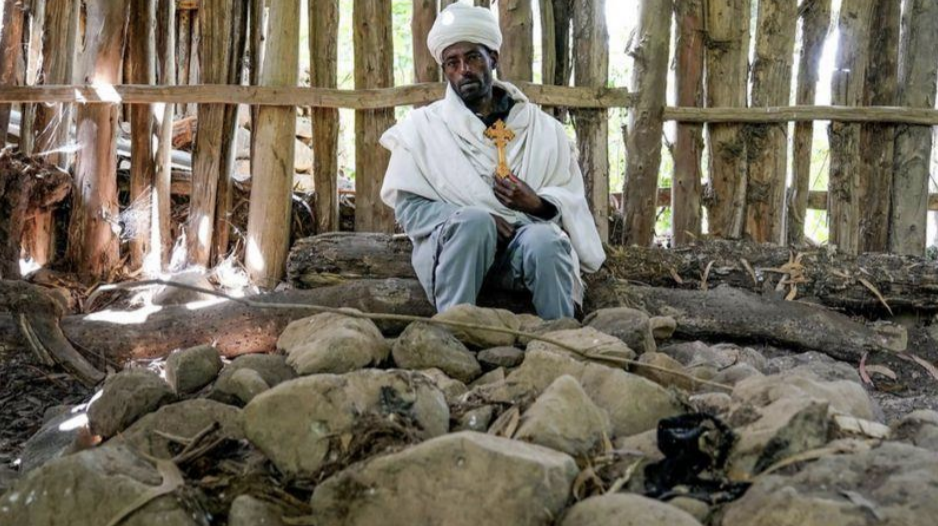As is the case for many Palestinians, my family experienced lots of emigration, pain, hardship, loss, displacement, and change since the Nakba, or the Palestinian Catastrophe, in 1948. I want to share this personal account of my family's history through stories I have been told. My family's history has many parallels to what refugees and immigrants fleeing war, or those who are being forcibly displaced, may have had to experience then, and still experience now. I hope to shed light on the strength of not only my family, but all immigrant and refugee families who had to endure hardship in the past, and those who still do today.
Advancing Refugee and Migrant Health Worldwide
With the release of the World Health Organization’s (WHO) first-ever report on refugee and migrant health on July 20, 2022, comes a crucial discussion on the urgent actions that need to be taken to ensure that healthcare is accessible to all. Currently, one out of every eight people worldwide is a migrant or is displaced, and this issue continues to grow as a result of various reasons ranging from war, climate change, disease, and famine to seeking better jobs, education, and better overall quality of life. Refugees and migrants bring many skills and talents wherever they relocate to and do contribute significantly to their host country’s economy as productive members of society, yet their health is not a priority in many of these countries.
Ethiopia: The Crisis Unfolding in Tigray
I would like to preface this post with a couple of notions. One, there are some sensitive topics that are mentioned, so discretion is advised. Two, this crisis which has been ongoing for a couple of years is one of the largest recent instances of mass genocide and is, therefore, very necessary to discuss and understand. This post will go into a detailed story of the context leading up to the civil war and the war’s effects on citizens in Tigray, Ethiopia.
Before delving into the current events that have been ongoing in Tigray, it is important to first gain an understanding as to where the conflict originated. Ethiopia has three main ethnic groups: the Oromo, Amhara, and the Tigray. The Tigray People’s Liberation Front (TPLF) ethnic minority made up the Ethiopian People’s Revolutionary Democratic Front (EPRDF), which had authoritarian rule over the country up until 2018. They were led by Prime Minister Hailemariam Desalegn, who led 27 years of repression. This led him to step down in 2018 and Abiy Ahmed was elected by the Amhara and Oromo ethnic groups, who made up most of Ethiopia’s population…
Neoliberalism and Refugees
Neoliberalism, an ideology defined by the proliferation and deregulation of financial markets, free market trade, cutting state welfare and taxes, and the commodification of health, rose to prominence in the 1980’s with Reagan and Thatcher (1). The problems of inflation and rising oil prices were compounded when industrial production in the global north declined, thus decreasing the demand for raw goods and agricultural commodities from countries across Latin America, Asia, and Africa (Packard, 2016). With the cost of money rising (as banks charged higher interest rates), international organizations such as the International Monetary Fund (IMF) and World Bank stepped in to prevent these countries from defaulting on their loans. As part of their conditions, they enforced austerity measures known as Structural Adjustment Policy (SAPs) on these cash-starved countries.
The goal of SAPs was first and foremost to secure the international financial system, catering to the lender banks of the global north. They also served to transform economies of developing countries to free-market economies (Sayson, 2006). This was achieved through peeling back necessary public institutions; for example, limiting the development of public infrastructure, cutting federal paychecks, halting investment in social programs and hospitals, and more. This crippling of local infrastructure would pave the way for millions to die due to cholera, Ebola, and AIDS crises.
As Keshavjee puts it, “these loans were seen as…


